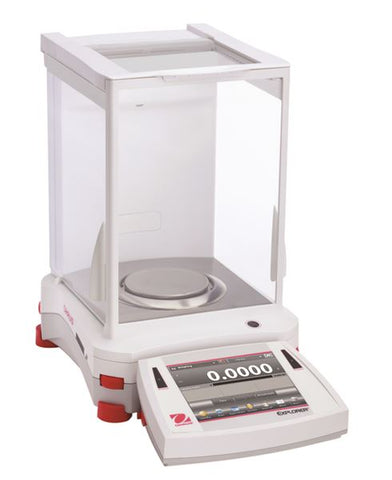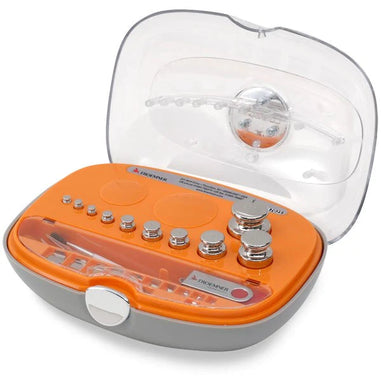- No products in the cart.
Accurate measurements are essential in any industry. Following a 12-step checklist and properly calibrating scales can help ensure accurate results every time. In this guide, we will cover all the steps of scale calibration including preparation, weighing objects, storing data and more.
Calibrating scales is a process that ensures accurate and consistent weight measurements. It is important to calibrate scales regularly, as even small variations in weight can have a significant impact on many industries, such as manufacturing, agriculture, and science. Here is an 8 step-by-step guide on how to calibrate a scale.
Step 1: Gather necessary materials
Before you begin, make sure you have all the necessary materials on hand. These may include:
Calibrating scales is a process that ensures accurate and consistent weight measurements. It is important to calibrate scales regularly, as even small variations in weight can have a significant impact on many industries, such as manufacturing, agriculture, and science. Here is an 8 step-by-step guide on how to calibrate a scale.
Step 1: Gather necessary materials
Before you begin, make sure you have all the necessary materials on hand. These may include:
- A calibration weight set (this can be purchased from a variety of sources, including scientific supply companies and online retailers)
- A level surface on which to place the scale
- A screwdriver (if necessary, for adjusting the scale's feet)
- A pen or pencil for taking notes
Step 2: Prepare the scale
Place the scale on a level surface, making sure that it is stable and not leaning to one side. Adjust the scale's feet, if necessary, using the screwdriver.
Step 3: Power on the scale
Turn on the scale and wait for it to complete any self-tests or initialization procedures. Some scales may require you to press a "calibrate" button or enter a specific code in order to enter calibration mode.
Step 4: Place the calibration weight on the scale
Start by placing the smallest calibration weight on the scale, and wait for the scale to stabilize. Note the weight that is displayed on the scale.
Step 5: Compare the displayed weight to the actual weight
Compare the weight displayed on the scale to the actual weight of the calibration weight. If the two weights match, proceed to the next weight. If there is a discrepancy, adjust the scale's settings as necessary to achieve accurate measurements. Repeat this process for each weight in the calibration weight set.
Step 6: Repeat the process
Once you have finished calibrating the scale with the first set of weights, repeat the process using a second set of weights. This will help to ensure that the scale is accurate and consistent over a range of weights.
Step 7: Record the results
Record the results of the calibration in a log or notebook for future reference. This will allow you to track the performance of the scale over time and identify any trends or patterns that may indicate that the scale needs to be recalibrated.
Step 8: Regularly recalibrate the scale
It is important to recalibrate the scale regularly, typically every 3-6 months or as recommended by the manufacturer.
It is important to note that the specific steps and materials needed to calibrate a scale can vary depending on the make and model of the scale. Always consult the manufacturer's instructions for specific guidance on how to calibrate your particular scale. Additionally, it is always recommended to seek the help of professionals to calibrate your scale if you are not sure how to do it properly.
Where To Find Scale Calibration Specialists in California?
If your manufacturing relies on accurate measurements, then you know how crucial it is to have properly calibrated scales. That's where Lab Pro's scale calibration services come in. Our expert technicians the "Pro"-s, use state-of-the-art equipment to ensure that your scales are calibrated to the highest industry standards, so you can trust the accuracy of your measurements. With our fast and reliable service, you can minimize downtime and keep your operations running smoothly. Trust Lab Pro Inc for all your scale calibration needs.
About Lab Pro
For over 40 years, Lab Pro Inc. has been committed to delivering the highest quality lab equipment, calibration services, chemicals, lab balances and scales, lab supplies, and cleanroom PPE apparel to medical device companies and laboratories worldwide. To learn more contact us online or at 888-452-2776.













































